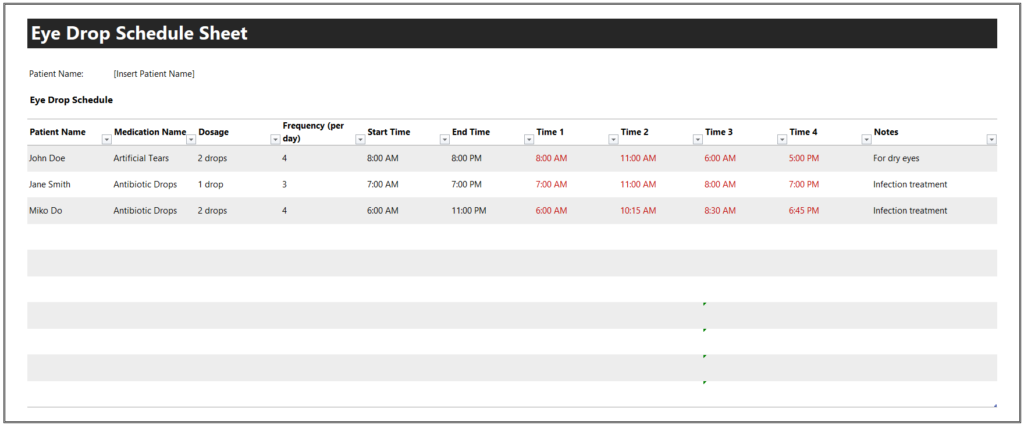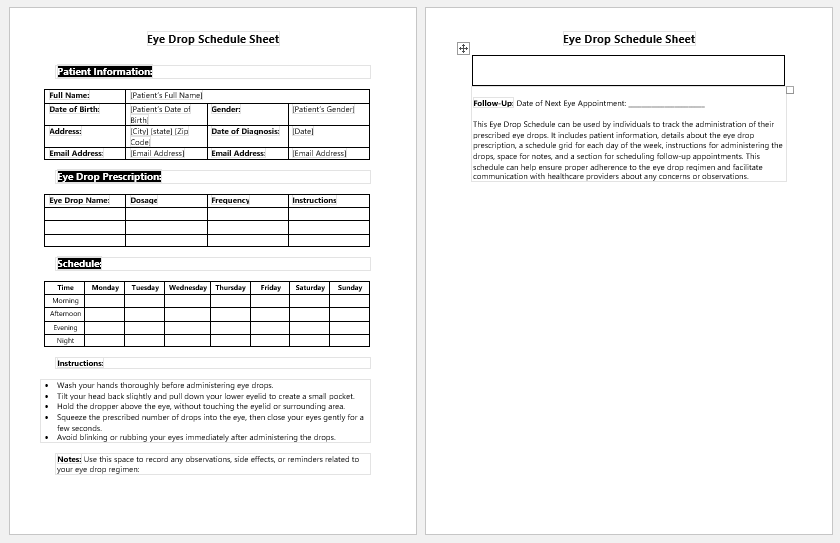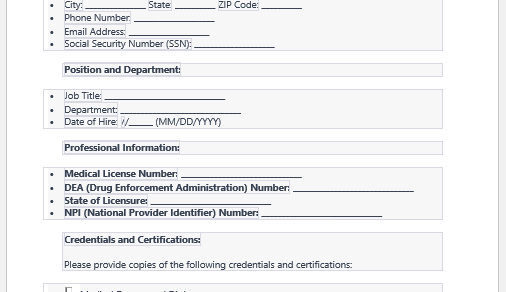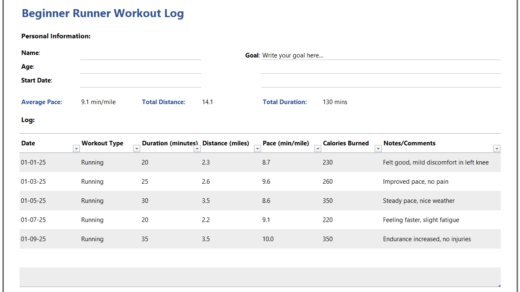Wise people say that vision is the art of seeing things others can’t see. Well, science tells us a person can see objects as long as an infinite distance and as short as the least distance of distinct vision. God has blessed us with amazing bodies, minds, and five senses, which we can’t thank enough for every day.
The sense of sight is a blessing that seems to be the foundation for enjoying a complete life. Being able to see and admire the world, see before touching the beauty of nature, and do anything in everyday life is because of the sense of sight. But like other human body parts, it gets diseases, suffers injuries, and faces infections. In such circumstances, we need to see an ophthalmologist who prescribes certain drugs so our eyes don’t feel itchy, watery, or uncomfortable again.
Compliance with ophthalmologic medication appears to be the main reason behind a poor prognosis. Eye drops are the most frequent mode of drug administration in ophthalmology, so we always want to make sure that patients get their medication on time and in the proper way.

Eye drop Schedule sheet
Hospitals and clinics have eye drop schedule sheets that are sometimes shared with patients. However, this sheet is more frequently and preferably used in the hospital setting when the patient is admitted.
This mostly happens when a patient has to undergo eye surgery and has to be prepared for the surgery. It is also used after the surgery has been performed.
We will look into the details of the eye drop schedule sheet used in the hospital and the post-operative patients going home and having to come back for a follow-up.
- Like all other medical forms, maintaining the patient’s identity is mandatory. We must address the right patient with the diagnosed illness and eye. Otherwise, we will be the disability and problem caused to the patient. Always mention the patient’s full name, age, gender, and primary diagnosis at the top of the schedule sheet.
- The second most important thing is that we have mentioned the right side of the eye to be operated on or treated with eye drops. I have been saying this repeatedly because certain drugs are used to dilate the pupil before surgery. So we need to be sure we are manipulating the right eye, and we have mentioned the same for the staff coming after our shift.
- The sheet shows some columns and rows for the date, time, and days of the week when medicines are to be administered.
- For example, the person who fills out the sheet has to mention the name of the eye drops, the included drugs, and their concentration. Then, they write the recommended number of drops and the number of times the drops are to be administered.
- When we are done with a dose, we should ideally mark the box that indicates that eye drops have been given.

- Nursing Documentation Templates
- Mental Health Evaluation Forms
- Forms Used by Pediatricians
- Various Forms Related to Pregnancy Verification
- Common Forms Used by ENT Specialists
- Pain Diary Worksheet Template
- Forms Commonly Used by Old Age Homes
- Medical Treatment Consent Form
- Home Exercise Program Worksheet
- Forms Used for Mental Health Assessment
- Forms Used by Psychologists
- Medical Forms Commonly Used by/for Students
- Assessment Consent Form
- Forms Used by an Anesthesiologist
- Not Fit to Fly Certificate Template
- Home Visit Consent Form for Schools
- Important Forms Commonly Used by Pharmacies
- Important Forms Commonly Used by Dentists


